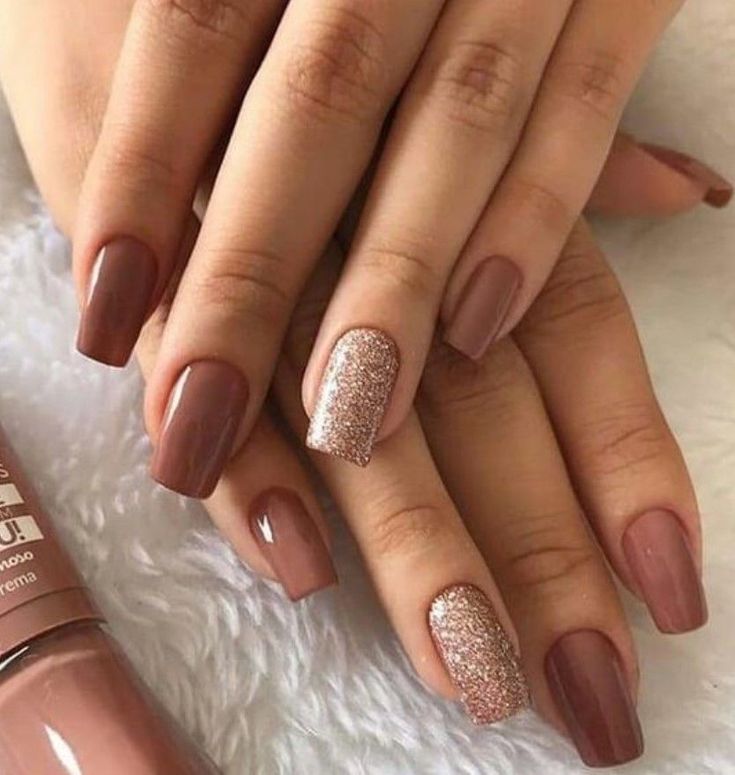
Mastering the Basics: Nail Drill Machine Settings Explained
- uzmdrill
- August 29, 2024
- 34 views
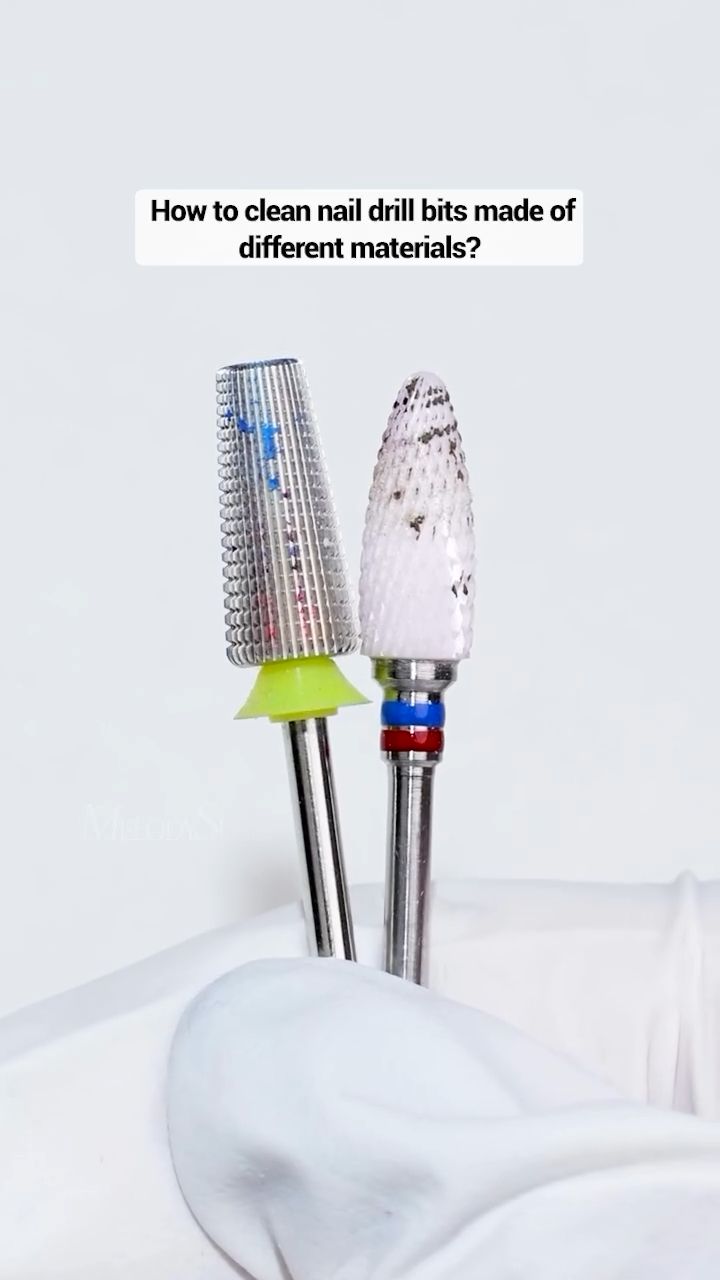
If you’re venturing into the world of nail art or professional nail care, understanding your nail drill machine settings is crucial. Nail drills, also known as e-files, are powerful tools that can help you achieve salon-quality results from the comfort of your home. However, mastering the basics of these machines can make all the difference between flawless nails and potential damage. This guide will explain everything you need to know about nail drill machine settings to help you get started safely and effectively.
Understanding Nail Drill Machine Settings
A nail drill machine typically has several settings that control the speed, direction, and type of work that can be performed. Here’s a breakdown of the main settings and how to use them:
1. Speed Settings
The speed setting on a nail drill machine controls how fast the drill bit rotates. It’s measured in rotations per minute (RPM). Most nail drills have a range of speeds, usually from 0 to 35,000 RPM. Here’s how to use different speeds:
- Low Speed (0-5,000 RPM): Ideal for natural nail preparation, cuticle work, and smoothing the surface of the nail. Beginners should start with a low speed to get comfortable with handling the drill.
- Medium Speed (5,000-15,000 RPM): Best for refining the shape of the nail, removing gel polish, and performing more detailed work. Use this setting for gel nail art or basic nail art designs.
- High Speed (15,000-35,000 RPM): Suitable for professional use, such as removing acrylics, performing intricate designs, and heavy filing. High speeds require a steady hand and more experience to avoid damaging the nail bed.
2. Forward and Reverse Settings
Nail drills usually have forward and reverse settings to change the direction of the bit’s rotation. This feature is helpful for right-handed or left-handed users and for switching between hands when working on your nails.
- Forward Mode: The drill bit rotates clockwise. It’s commonly used for right-handed technicians.
- Reverse Mode: The drill bit rotates counter-clockwise. It’s typically used for left-handed technicians or when you need to switch hands while working.
Switching between these settings ensures you can comfortably use the drill no matter which hand you’re working on.
3. Bit Types and Uses
Different bits are used for various tasks, and selecting the right bit is crucial for achieving the desired results. Here are the most common types of bits:
- Sanding Bands: Used for prepping the natural nail and shaping the nail. Ideal for beginners.
- Carbide Bits: Great for removing product (like gel or acrylic) and refining shapes. They come in different coarseness levels.
- Diamond Bits: Best for refining and smoothing surfaces and working around the cuticles. Gentle and versatile.
- Ceramic Bits: Used for the same purposes as carbide bits but tend to heat up less, making them ideal for beginners or those with sensitive nails.
Understanding these bit types helps prevent nail damage and ensures you achieve the desired nail shape and finish.
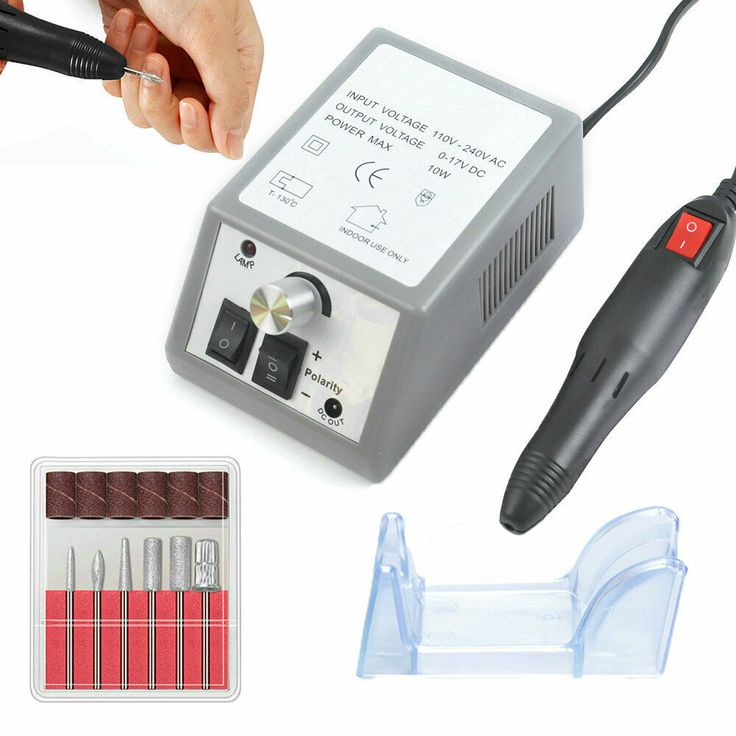
4. Torque Settings
Torque refers to the power behind the nail drill. While most beginners focus on speed, torque is equally important because it determines how well the drill maintains speed under pressure. High torque prevents the drill from bogging down when applying pressure, making it easier to work on tougher nail materials like acrylic.
- High Torque: Better for removing hard materials and for prolonged use. More advanced drills will maintain consistent RPMs even under pressure.
- Low Torque: Suitable for light work and delicate tasks, such as natural nail prep or fine detailing.
Best Practices for Using Nail Drill Machine Settings
- Start Slow: If you’re new to using a nail drill, start at a low speed to get comfortable with the handling and feel of the machine. Gradually increase the speed as you gain confidence.
- Test Each Bit: Familiarize yourself with each bit’s purpose by testing them on a practice hand or a piece of acrylic. This will help you understand how much pressure to apply and how each bit interacts with the nail surface.
- Monitor Pressure and Heat: Excessive pressure or high speeds can cause the bit to heat up, leading to discomfort or even burns. Be mindful of how much pressure you’re applying and regularly check the temperature of the bit.
- Use the Right Technique: Always keep the drill moving to avoid creating heat or friction in one spot. Move in a consistent direction and use light, controlled movements for the best results.
- Safety First: Wear a dust mask and safety glasses to protect yourself from nail dust and debris. Also, ensure your drill bits are cleaned and sanitized regularly to maintain hygiene and performance.
FAQs: Nail Drill Machine Settings
Q1: What speed should I use for natural nails?
A1: For natural nails, use a low speed setting between 0-5,000 RPM to gently prep the nail surface and work around the cuticles without causing damage.
Q2: Why is my nail drill getting hot?
A2: Your nail drill might get hot due to excessive speed, prolonged use, or too much pressure. Always start slow, use the appropriate bit, and avoid pressing down too hard on the nail.
Q3: Can I use a nail drill at home as a beginner?
A3: Yes, but it’s essential to start with low speeds and basic bits like sanding bands to avoid damaging your nails. Practice on a dummy hand or spare nails before using the drill on yourself.
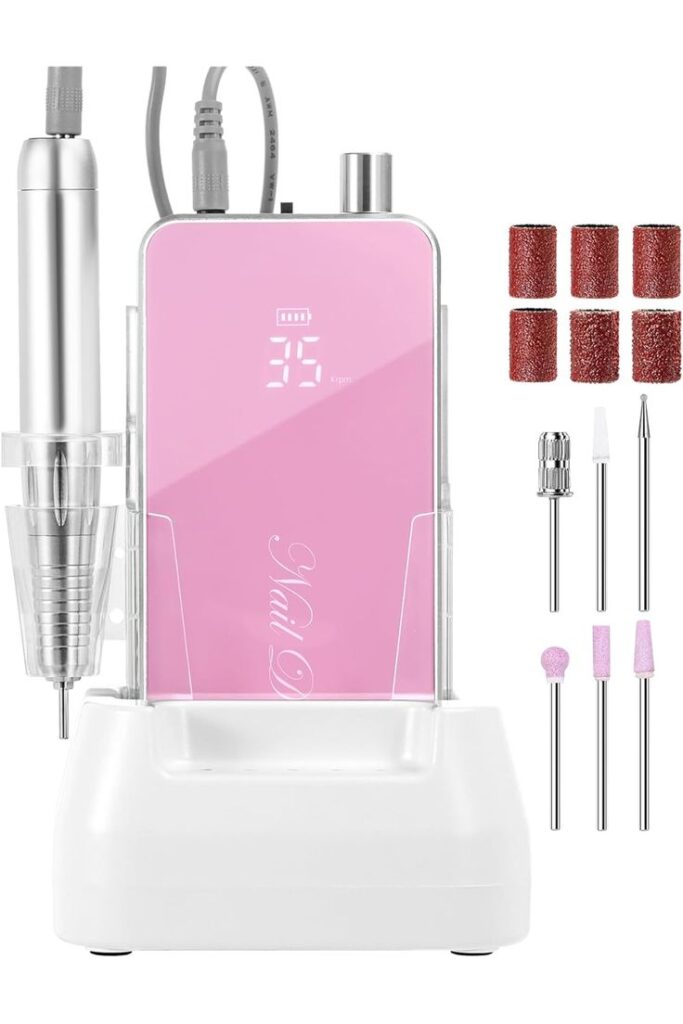
Q4: How do I maintain my nail drill machine?
A4: Regularly clean your drill bits with a brush and disinfectant. Store the machine in a cool, dry place and avoid dropping it to prevent internal damage.
Q5: What is the difference between forward and reverse settings?
A5: The forward setting rotates the drill bit clockwise, while the reverse rotates it counter-clockwise. These settings help right-handed and left-handed users comfortably use the drill or switch hands without difficulty.
Conclusion
Mastering the settings on your nail drill machine is the key to achieving professional-quality nails at home. By understanding the speed, direction, torque, and bit types, you can ensure a smooth and safe experience every time. Remember to practice regularly, stay updated with nail industry insights, and follow the latest trends in nail technology and techniques for stunning results. Happy drilling!

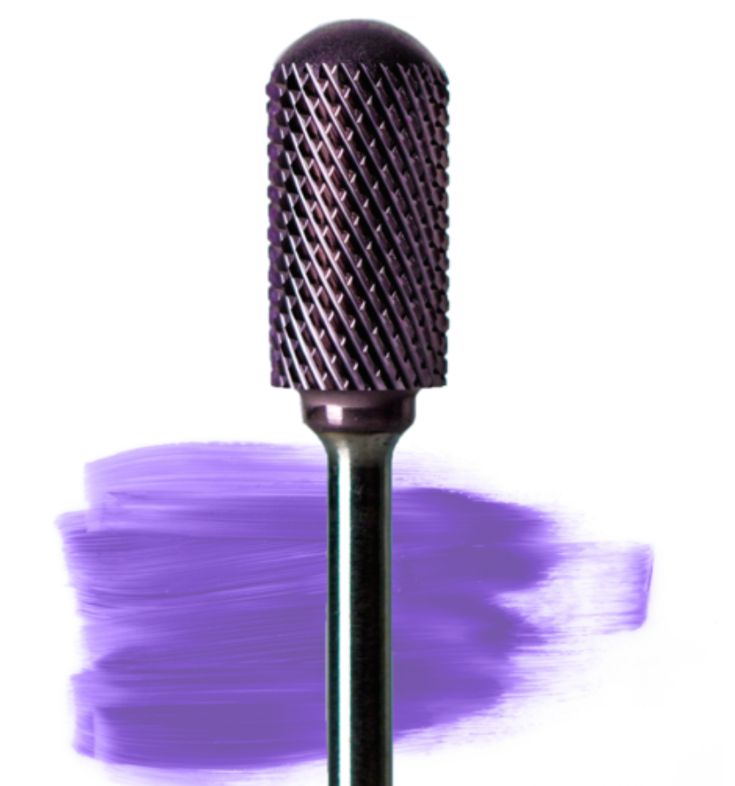
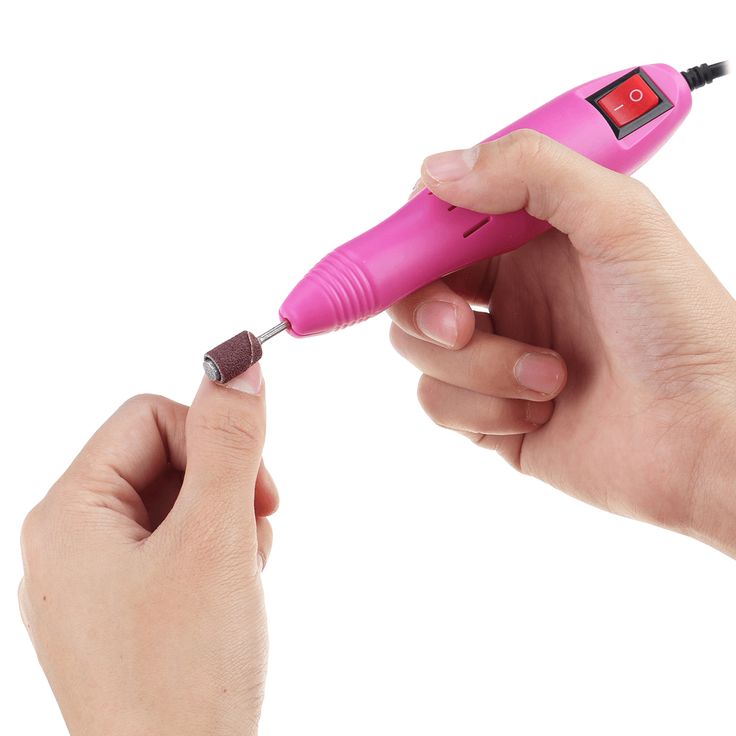
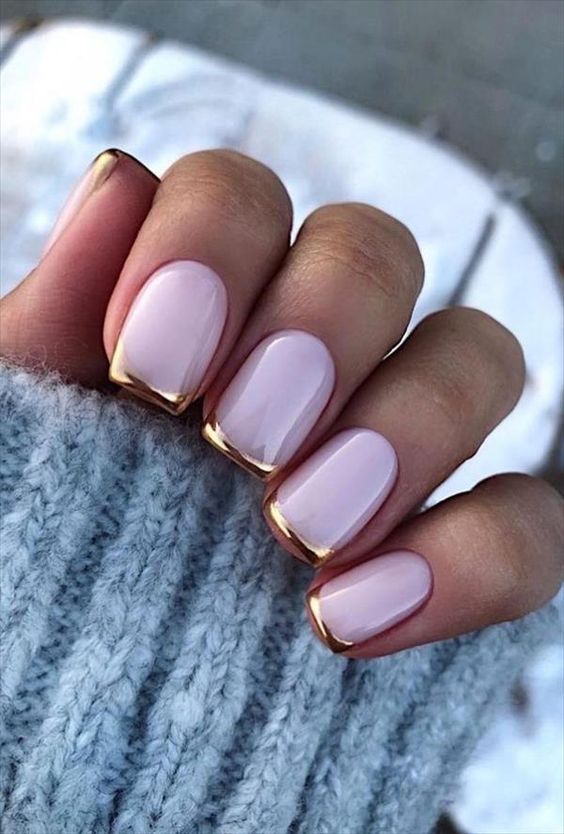
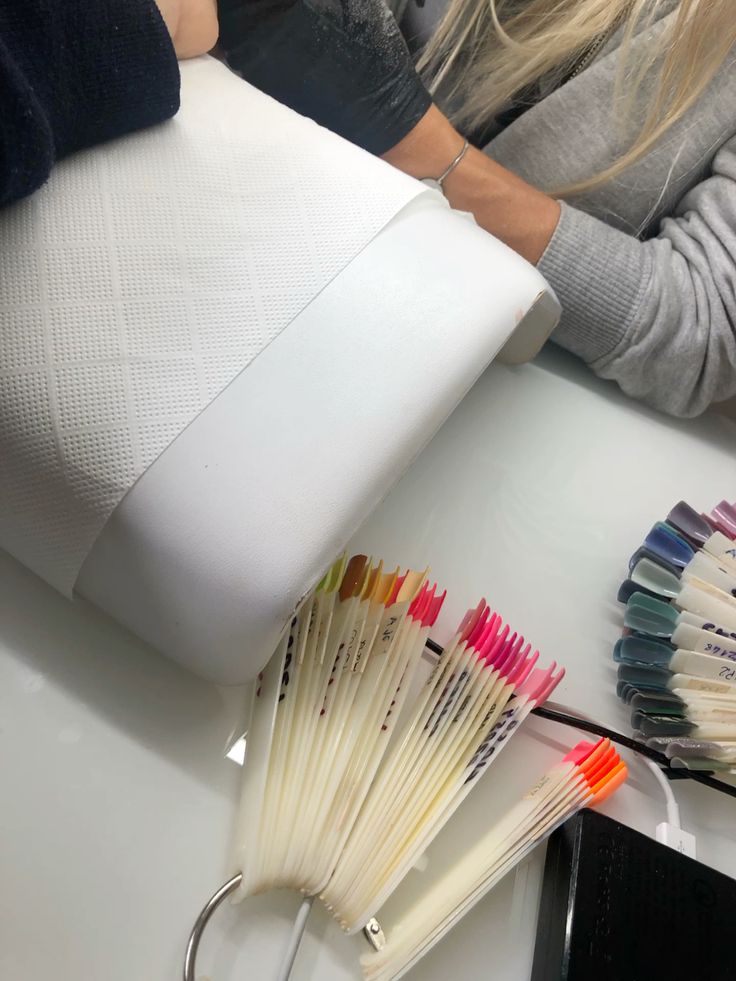
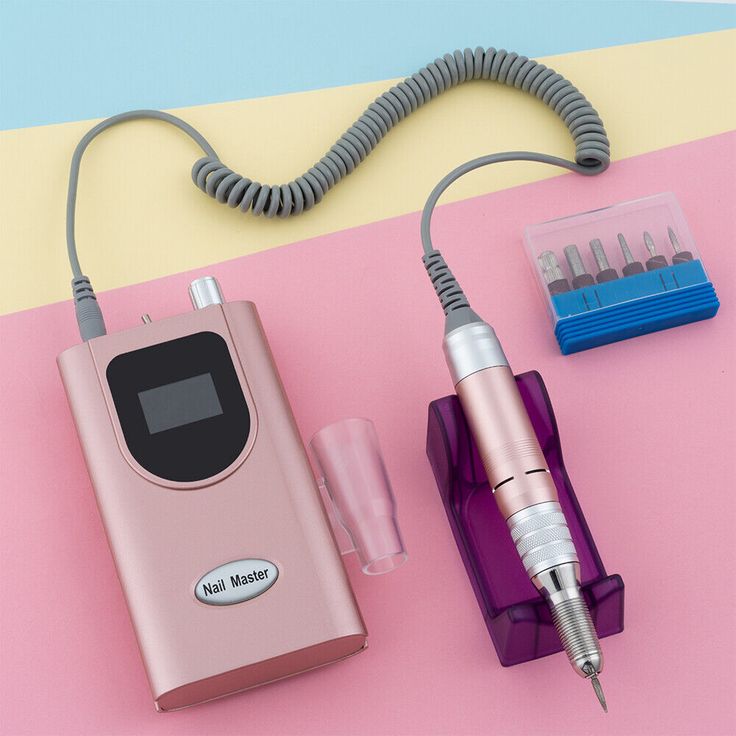



One Response